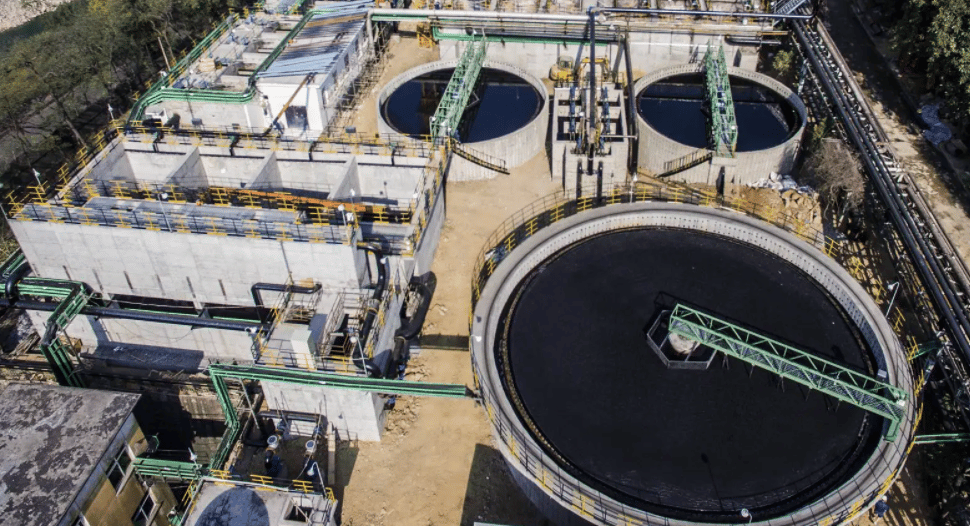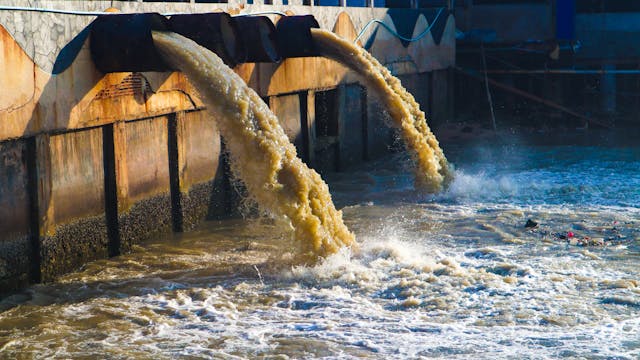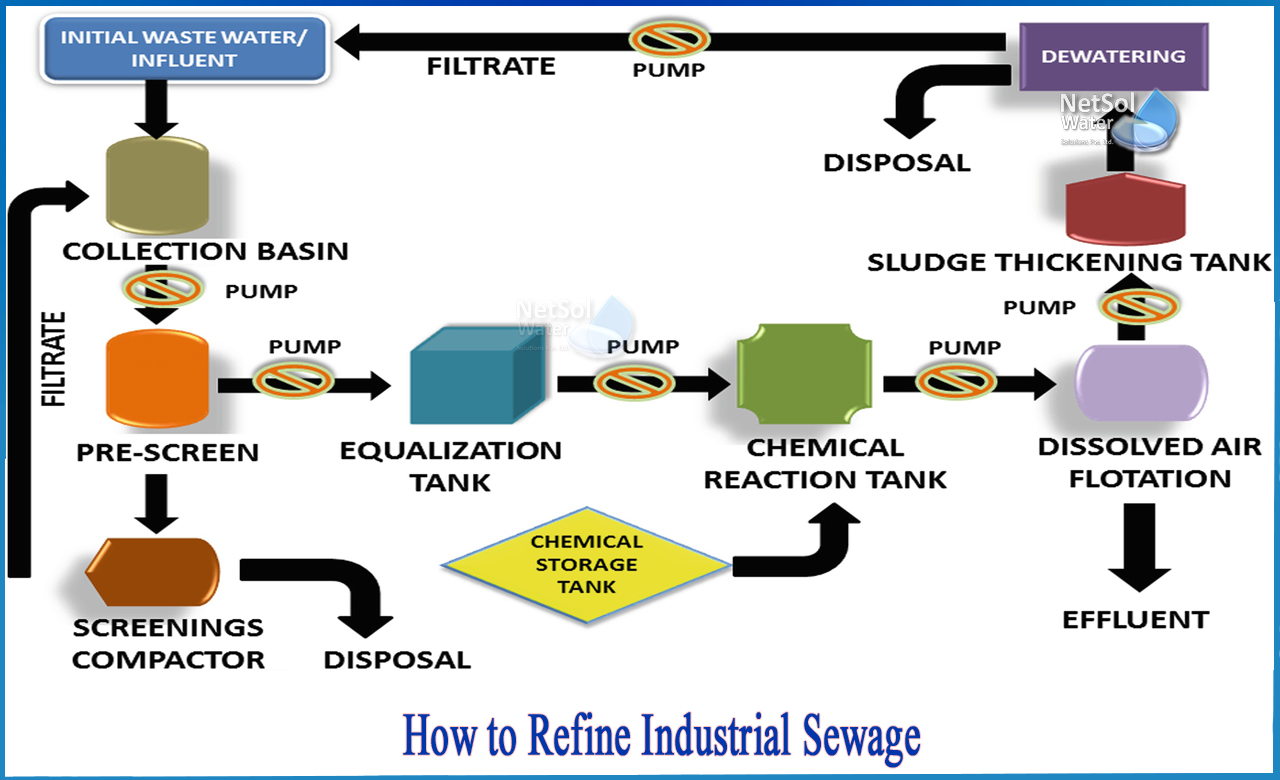Industrial Waste Water Treatment-- Reliable Waste Management for Manufacturing Facilities
Industrial Waste Water Treatment-- Reliable Waste Management for Manufacturing Facilities
Blog Article
Advancements and Breakthroughs in Hazardous Waste Water Treatment Technologies
The landscape of industrial wastewater treatment is going through a transformative change, driven by technologies that enhance both effectiveness and sustainability. Emerging innovations, such as membrane layer bioreactors and microbial gas cells, are redefining impurity removal procedures while adding to energy generation. Resource recuperation approaches are gaining grip, straightening with round economy concepts. As governing requirements develop, the assimilation of AI and device learning right into wastewater monitoring systems guarantees to guarantee and enhance procedures compliance. The full ramifications of these developments raise essential inquiries concerning their scalability and long-lasting impact on industry practices.
Introduction of Waste Water Therapy Technologies
Wastewater treatment technologies include a variety of approaches developed to remove impurities from commercial effluents prior to their release into the setting. These technologies are essential for preserving environmental equilibrium and guaranteeing conformity with environmental guidelines. The main classifications of wastewater therapy consist of physical, chemical, and organic approaches, each serving distinctive objectives based upon the nature of the pollutants existing.

Biological therapy approaches utilize bacteria to degrade raw material, making them particularly effective for organic-rich effluents. Strategies like activated sludge and biofilm activators harness the natural destruction abilities of germs, causing considerable decreases in biochemical oxygen demand (BOD)
Advanced Filtration Techniques
Advanced filtering techniques represent a crucial advancement in the realm of commercial wastewater treatment, improving the efficiency of contaminant elimination processes. Industrial Waste Water Treatment. These techniques incorporate a range of modern technologies, including microfiltration, ultrafiltration, nanofiltration, and reverse osmosis, which supply sequential obstacles for different particle sizes and chemical structures
Microfiltration and ultrafiltration make use of membrane systems to eliminate put on hold solids, germs, and larger natural particles, boosting the high quality of effluent prior to further treatment. Nanofiltration connects the void in between ultrafiltration and reverse osmosis, successfully getting rid of divalent ions and organic compounds, thus decreasing the load on downstream procedures.
Reverse osmosis provides the greatest degree of purification by enabling just water and little molecules to travel through its semi-permeable membrane layers, making it excellent for recovering high-quality water from commercial effluents. Recent innovations in membrane modern technology, consisting of the advancement of even more fouling-resistant and long lasting materials, have actually substantially boosted functional effectiveness and lowered expenses.
Integrating these sophisticated filtration strategies not only enhances the total therapy process however likewise adds to sustainability initiatives by making it possible for water reuse and source recuperation in industrial settings. (Industrial Waste Water Treatment)
Biological Therapy Developments

In addition, the advancement of crafted biological systems, such as membrane layer bioreactors (MBRs), combines biological therapy with click to read innovative membrane layer filtering. This combination enables for greater effluent top quality and minimized impact, making it appropriate for space-constrained commercial centers. Advancements in genetically crafted microbes have actually likewise emerged, boosting the biodegradation of specific contaminants, such as drugs and hefty steels, that are traditionally challenging to remove.
In addition, the execution of bioaugmentation techniques, where helpful microorganisms are presented to improve the existing biological therapy procedures, has actually shown encouraging outcomes in enhancing treatment performance. These advancements collectively signify a fad towards more effective and sustainable organic treatment methodologies that can adapt to the advancing complexities of industrial wastewater streams. As sectors proceed to focus on ecological compliance, these biological advancements will certainly play a crucial role in wastewater administration.

Source Recovery Approaches
In industrial setups, the integration of resource recovery techniques has actually come to be significantly crucial for boosting sustainability and lessening waste. These methods focus on extracting useful materials and energy from wastewater streams, thereby transforming prospective pollutants into recyclable sources.
One famous technique is vitamins and mineral healing, where nitrogen and phosphorus, frequently existing over in wastewater, are caught and transformed right into fertilizers. This not only decreases ecological impacts but additionally offers a circular economy solution for agricultural applications. In addition, innovations such as anaerobic digestion permit the conversion of organic waste into biogas, a sustainable power source that can counter fossil gas usage in industrial procedures.
Additionally, progressed filtration and membrane layer innovations facilitate the healing of commercial by-products such as salts and steels. These recouped materials can be rehabilitated into manufacturing processes, reducing the requirement for virgin sources.
Future Trends in Drainage Management
As sectors increasingly prioritize sustainability, the future of wastewater management is established to go through substantial makeovers. Technical advancements, such as expert system and equipment learning, will allow much more effective tracking and management of wastewater systems. These technologies can predict maintenance demands, optimize treatment procedures, and improve decision-making, ultimately reducing operational expenses and ecological influence.
Furthermore, the integration of round economic climate concepts will play a crucial role in wastewater management. Industries are anticipated to move towards systems that not only treat wastewater yet additionally recuperate useful sources, such as nutrients, water, and energy. This transition will certainly lessen waste and promote the reuse of products, aligning with worldwide sustainability goals.
Emerging treatment methods, such as membrane bioreactors and advanced oxidation procedures, will certainly better enhance the effectiveness of wastewater treatment, permitting better effluents ideal for reuse. Furthermore, governing frameworks are most likely to progress, stressing more stringent criteria for wastewater discharge and motivating markets to take on innovative treatment remedies.
Conclusion
In final thought, the development of commercial wastewater his response therapy technologies demonstrates a substantial shift in the direction of boosted performance and sustainability (Industrial Waste Water Treatment). Innovations in advanced purification strategies, biological treatments, and webpage resource healing approaches highlight the sector's commitment to ecological stewardship.
The landscape of commercial wastewater therapy is undertaking a transformative change, driven by advancements that boost both effectiveness and sustainability.Wastewater treatment innovations encompass a variety of methods created to get rid of impurities from industrial effluents prior to their release into the environment.Using the power of organic procedures has led to significant innovations in the therapy of commercial wastewater.Additionally, the application of bioaugmentation strategies, where helpful germs are introduced to enhance the existing biological therapy processes, has revealed appealing results in boosting treatment efficiency. These developments jointly symbolize a trend in the direction of more reliable and lasting organic treatment methods that can adjust to the developing intricacies of industrial wastewater streams.
Report this page